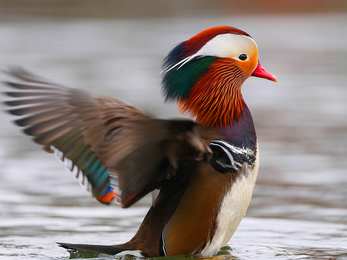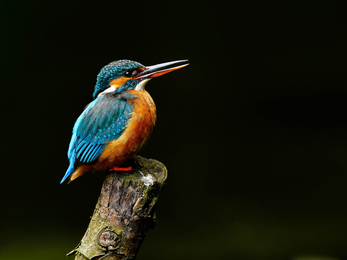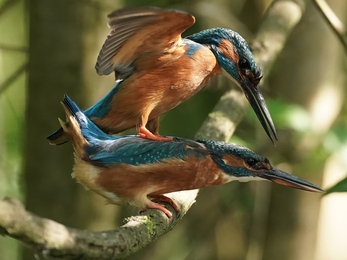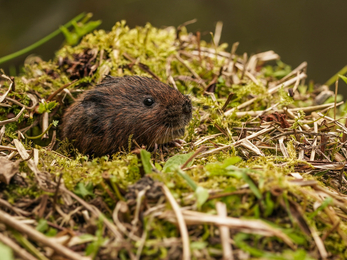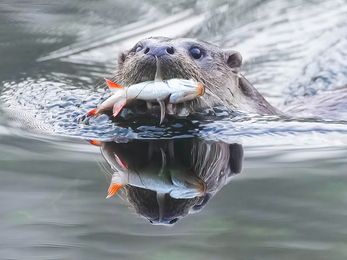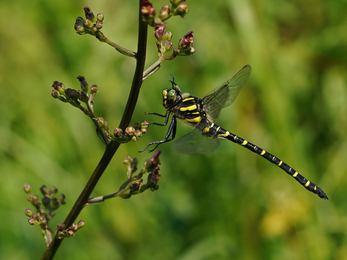I have been interested in wildlife since childhood, when collecting one egg from bird nests was a favourite pastime. This has since been made illegal, but at the time it was a way to learn about different species and the habitat they lived in. I ultimately gave my collection to Testbourne Community School in Whitchurch, where it can hopefully inspire and teach other children about wildlife.
As an adult, I worked as a welding engineer. I was mostly self-employed, which gave me enough free time to follow my passion for the great outdoors. I developed a keen interest in the art of falconry and for a good number of years flew a team of peregrine falcons. I was one of the first to breed them in captivity and helped a university with a project to identify birds that had been stolen from the wild.
Part of flying these falcons involved hunting grey partridges on farmland, but when I noticed a huge drop in their numbers I stopped this and turned my attention to helping them recover. I persuaded the farm owner to let me plant wildflower strips on his land, which encouraged insects for the partridges to feed on.
This project saw its greatest success when some of the winter crops were undersown with grasses. This created breeding habitat not only for the partridges, but also for short-eared owls, skylarks, and harriers. That progress was sadly lost when the farm changed hands, but the experience taught me a valuable lesson: improving the environment can benefit many species if done in the right way.
Click on any photo in this article to expand it


